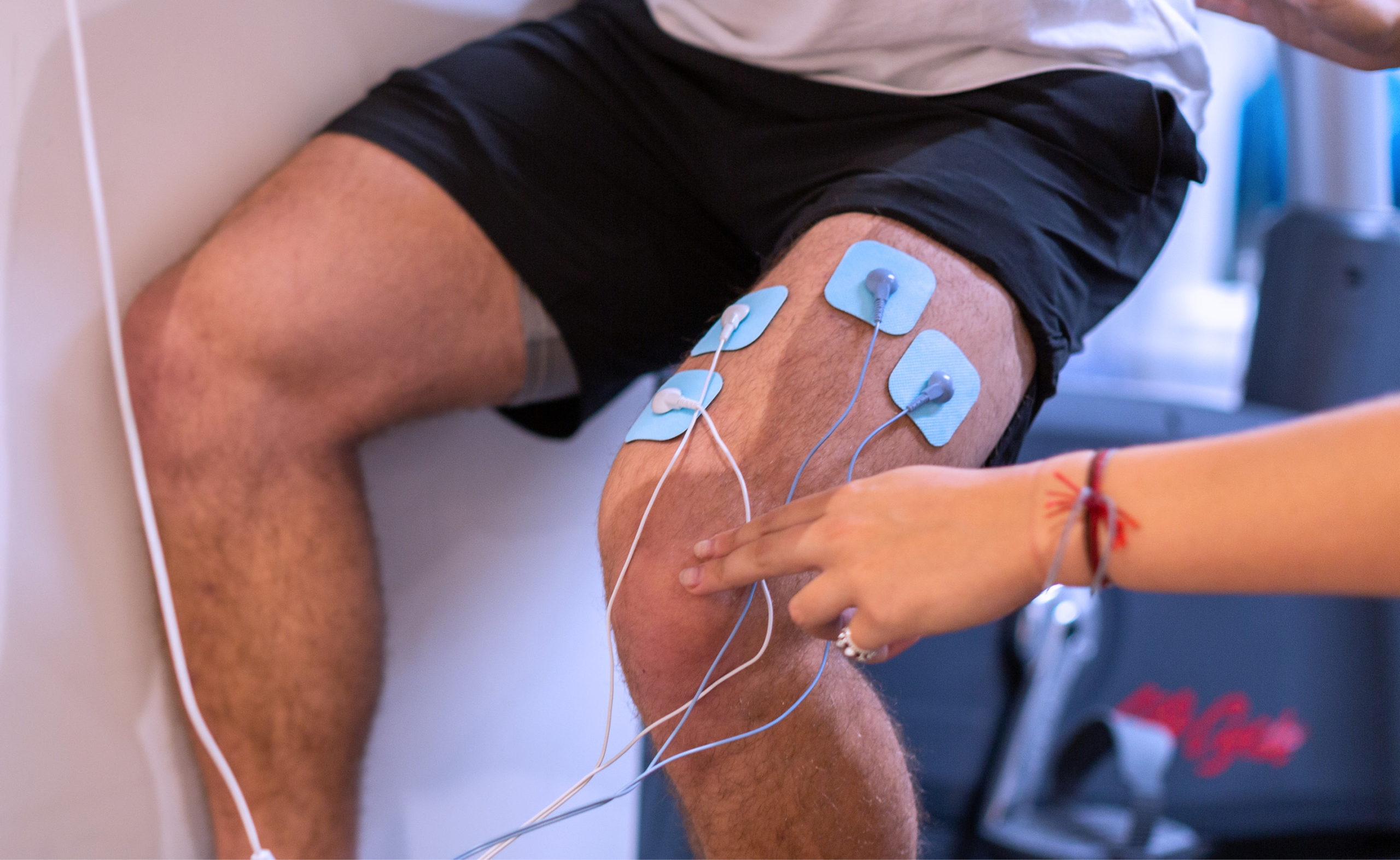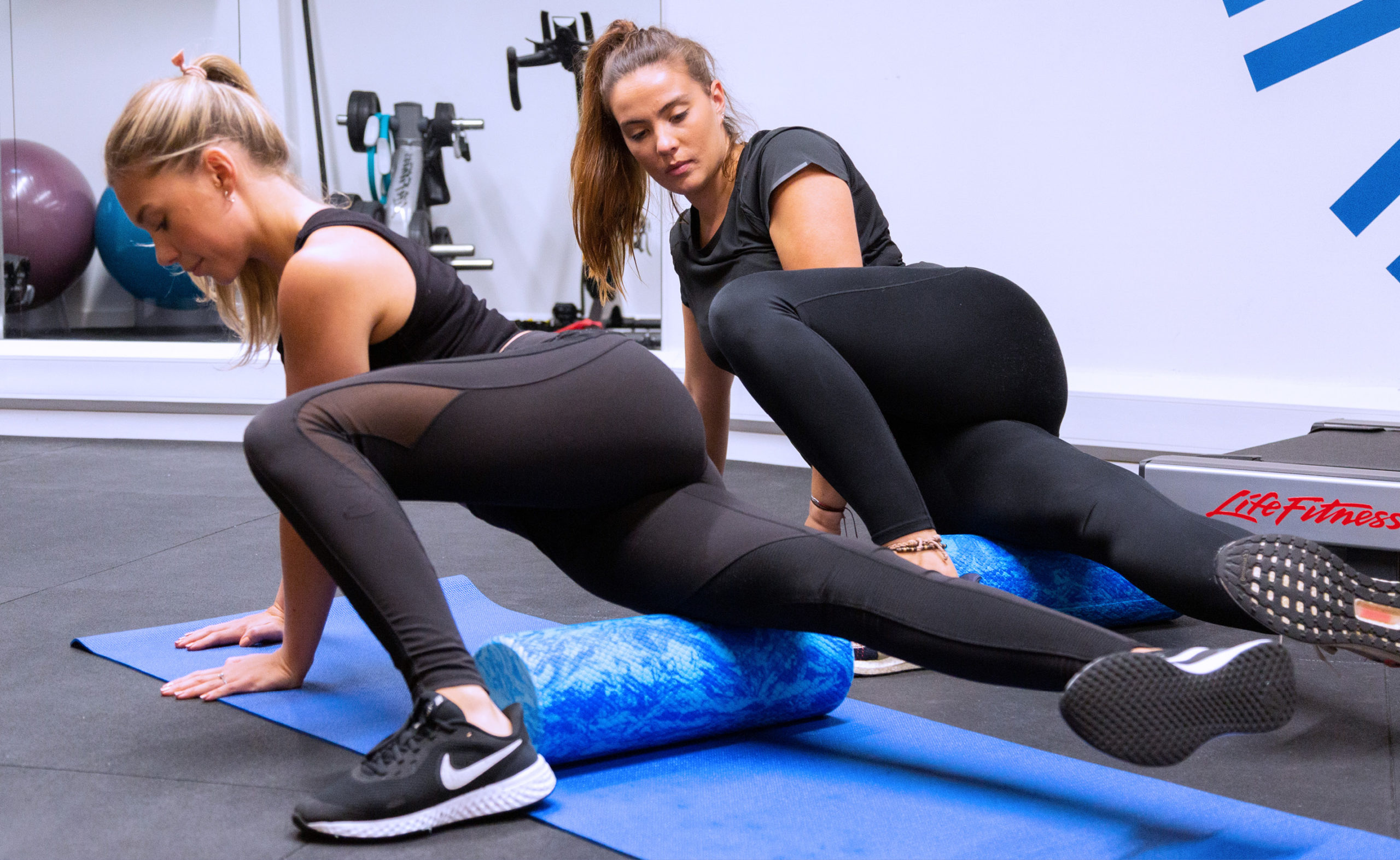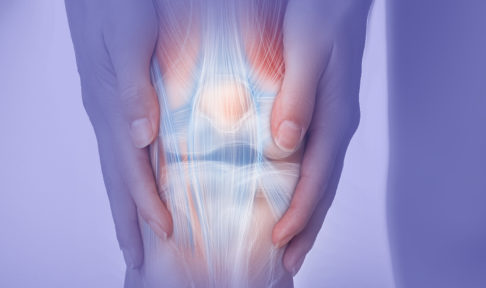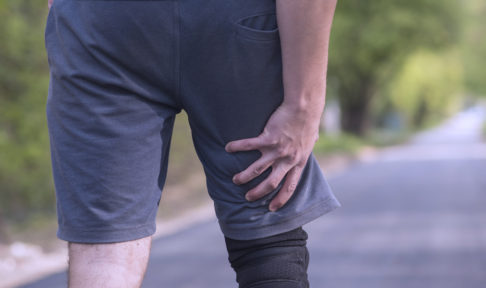You may have heard someone say they “pulled a hammy”, but what does that actually mean? Your hamstrings are the three large muscles at the back of your thigh, including the tendons that run along the back of your thigh from your hip to your knee, attaching the muscles to your leg bone. And they’re extremely important for any activities that involve bending your knee, such as running or jumping.
What is a hamstring tear?
A strained, pulled or injured hamstring refers to a tear to the aforementioned muscles and tendons. How bad the tear is can be determined by the three grades given to hamstring injuries (creatively named grade 1, 2 and 3!).
A grade 1 tear is a mild muscle pull or strain, grade 2 is a partial tear to the hamstring muscle and grade 3 is a complete muscle tear. Unsurprisingly, the severity of the tear will impact how much pain you’re likely to be in and how long the injury takes to heal. A grade 1 might go away of its own accord in a few days, but a grade 3 could take up to a few months and consistent treatment from a physio.
As physios, we get a lot of questions about hamstring injuries, so here we’ve pulled answers together to some of the most common ones…
What are the symptoms of a hamstring tear?
You’ll normally know about a hamstring strain as soon as it happens. Even a grade 1 strain will usually cause sudden pain and tenderness at the back of your thigh, and while it could be painful to move, you shouldn’t have trouble putting weight through your leg.
A grade 2 is a little more severe, so consequently it’ll hurt more. You could even see some bruising or swelling in the back of your leg and might lose some strength and have some difficulty with weight bearing activities.
If you’ve really done a number on yourself and have a grade 3 tear, you may struggle to stand up at all. When the injury occurred, you might have even felt a popping sensation and your leg will likely be very painful, swollen and bruised.
Is it okay to run with a pulled hamstring?
Running with a torn hamstring in the initial days after injury will almost always make it worse. Like any soft tissue injury, applying the RICE methodology (Rest, Ice, Compression and Elevation) is recommended, so running during this time is not a good idea.
If you have a grade 1 strain, after the initial swelling subsides, some very gentle running to get blood flowing back to the area may actually help your recovery process — but if you’re still experiencing any discomfort, you’re best to seek an assessment and advice from a professional physio.

How a physio can help treat hamstring injuries
We’re glad you asked! When we have a client present with hamstring pain, the first thing we will always do is a thorough assessment of the injury. This will help us grade the tear, which will inform the advice we give you regarding your treatment plan and recovery.
In our London clinic, we’re fortunate to have a GameReady Ice/Compression machine, which is extremely effective for muscle tears, particularly in the first few days after the injury occurs. The technology allows the icing and compression to reach much deeper tissues than a normal ice pack can, speeding up the recovery process.
Our TENS machines are another effective treatment as they even have a special setting called ‘muscle tears’. Via tiny electrical pulses through a pad that sticks to your skin, TENS helps to stimulate the affected muscles, resulting in pain reduction and strengthening.
Hands-on treatments like soft tissue therapy are also incredibly effective in getting you on the road to recovery faster. Once the initial inflammation has died down (helped along by GameReady) increasing blood flow back to the area to avoid the muscles stiffening up or shrinking is key.
Ultimately, there is no one-size-fits-all approach. We treat every client individually based on what we learn about you and your injury during the initial assessment.

Why do injuries to hamstring tendons take so long to heal?
As we’ve mentioned, your recovery time directly correlates to the severity of your tear, but the reason why hamstrings can be slower to heal than other muscles and tendons is because of how frequently they are in use in everyday life. Short of confining yourself to bed rest, it’s very difficult to avoid using your legs, so the injured area is still under constant strain, even if you’re doing your best to take it easy.

How do you prevent hamstring injuries?
To avoid finding yourself with a hamstring tear in the first place, there are a few things you can do. Most importantly, always make sure you warm up properly by stretching or doing light cardio before exercising. Secondly, if you are running or undertaking sports that require you to run, make sure you have a good running technique. Hamstrings are often overworked due to weaknesses in other muscles performing similar movements, for example, your glutes, which can lead to strain. We see this commonly in people who have re-occurring hamstring injuries. A gait analysis from one of the physios at Spectrum is a great way to make sure you aren’t setting yourself up for injury.
It’s also a good idea to gradually build up to exercise and strive for consistency. If you’ve just taken a two-week holiday where you haven’t exercised at all, diving into a 10-kilometre run isn’t going to do you any favours. No matter what activity you’re doing, gradually build your fitness over time and try to keep your muscles strong and flexible all year round.
Hamstrings strains are incredibly common injuries — so our best advice is to seek treatment quickly if you do find yourself in pain, so you can get back to doing whatever activity it is that you love sooner.
Get in touch via our website for a guaranteed appointment within 24 hours.



